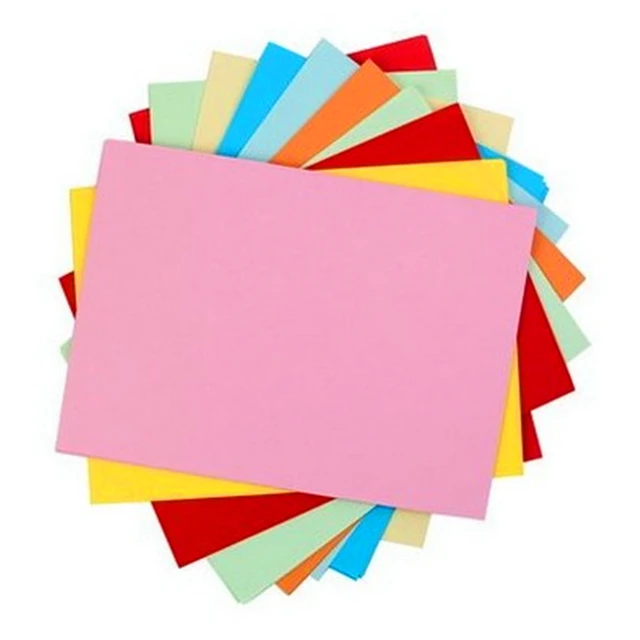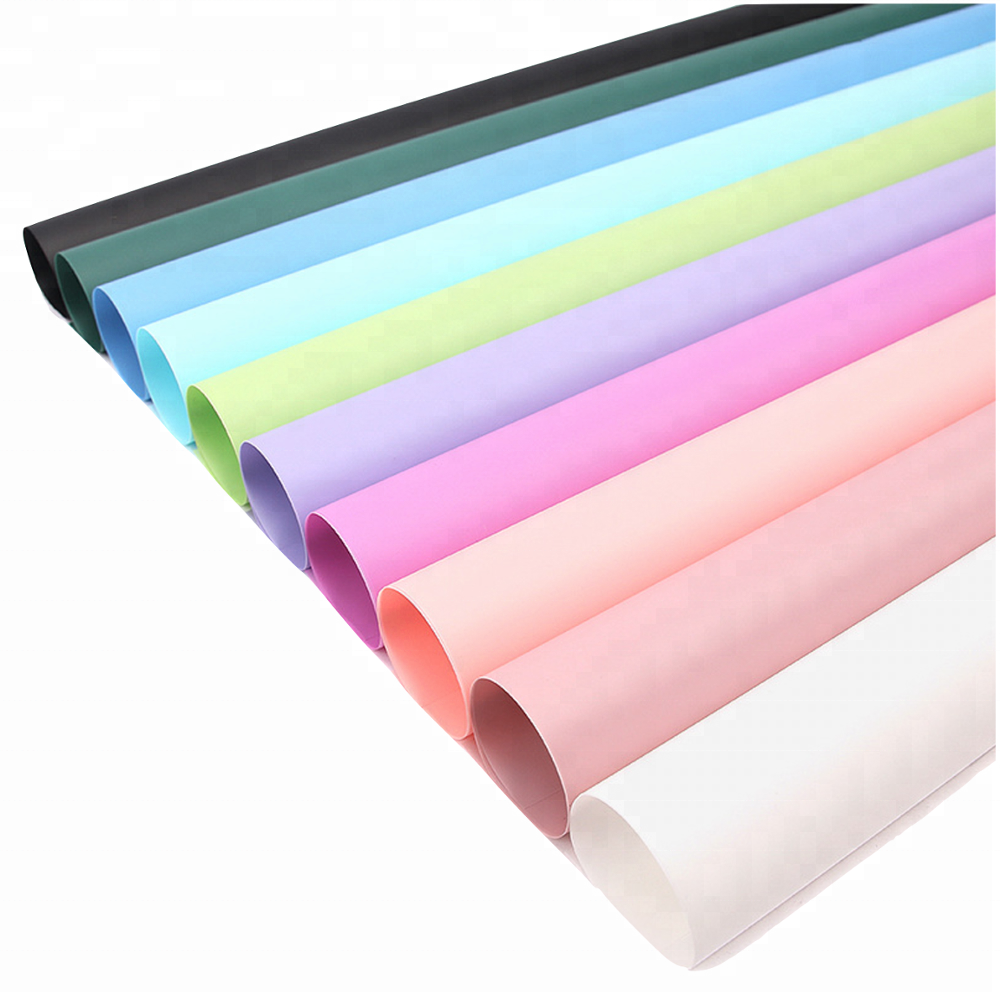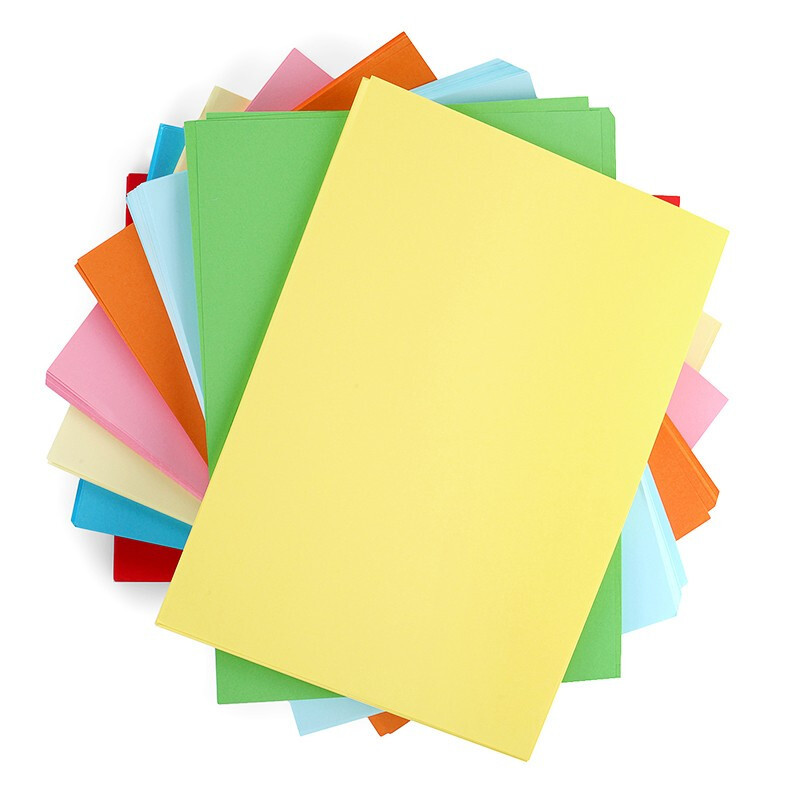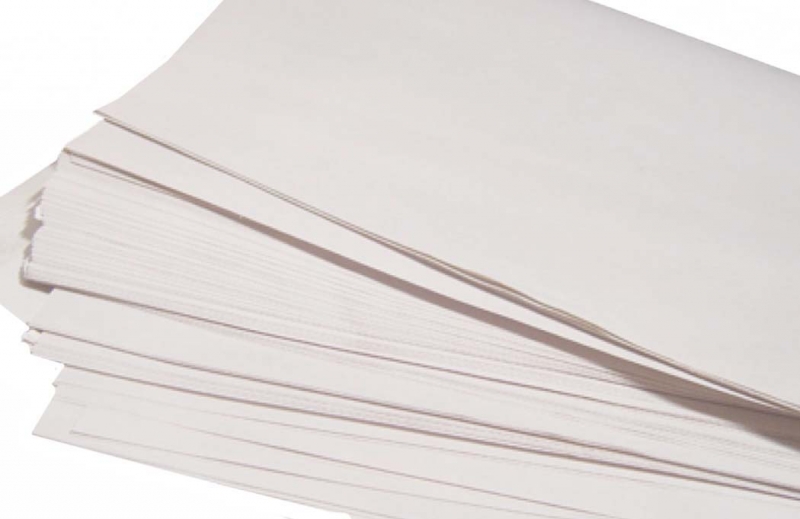The Art of Printer Paper Origami: Transforming Everyday Materials into Masterpieces
Origami, the Japanese art of paper folding, transforms flat sheets into intricate three-dimensional structures. While traditional origami often uses specialized papers, printer paper offers an accessible and versatile alternative. This common household item opens up a world of creative possibilities. Printer paper origami allows enthusiasts to practice and perfect their skills without the need for expensive materials.
The art form encourages creativity, improves hand-eye coordination, and provides a relaxing hobby. From simple boats and airplanes to complex modular designs, printer paper origami offers projects for all skill levels. This adaptable craft can be enjoyed by children and adults alike, making it an excellent activity for families, classrooms, or individuals seeking a creative outlet.
The Versatility of Printer Paper in Origami
Printer paper presents several advantages for origami enthusiasts. Its widespread availability makes it an ideal choice for beginners and experienced folders alike. The paper’s uniform size and shape ensure consistency in finished projects. The crisp, clean surface of printer paper allows for precise folds and sharp creases. Its relatively low cost encourages experimentation and practice without fear of wasting expensive materials. The paper’s weight provides enough structure for most projects while remaining easy to fold.
Printer paper also accepts ink well, allowing for customization through printing or drawing. However, some limitations exist. The paper’s thinness may not suit all projects, particularly those requiring wet-folding techniques. Its rectangular shape differs from the traditional square used in many origami designs. Despite these minor drawbacks, printer paper remains an excellent medium for exploring the art of origami.
Mastering the Basics: Essential Folds and Techniques for Printer Paper Origami
Mastering basic folds forms the foundation of successful origami. The valley fold creates a crease that folds towards the folder. Mountain folds create a crease that points away from the folder. Squash folds flatten a point into a square or triangular shape. Petal folds create flower-like shapes by folding flaps outward. Rabbit ear folds form small triangular flaps. Inside reverse folds tuck a point inside a model. Outside reverse folds push a point outward from the model.
These fundamental techniques combine to create more complex shapes and structures. Practice these folds with printer paper to develop muscle memory and improve precision. Start with simple models that utilize these basic folds before progressing to more advanced designs. Mastering these techniques opens up a world of creative possibilities in origami.
Accessibility: Widely Available and Easily Obtainable
One of the most significant advantages of using printer paper for origami is its accessibility. Unlike specialty origami paper, which may require a trip to a specialty store or online purchase, printer paper is readily available at home, school, office supply stores, and supermarkets. This accessibility makes it convenient for enthusiasts of all ages and backgrounds to engage in origami without the need for specialized materials, fostering inclusivity, and widespread participation in the art form.
Printer paper offers a cost-effective alternative to specialized origami paper, making it an ideal choice for budget-conscious individuals and educational institutions. With its low cost per sheet compared to specialty paper, printer paper allows enthusiasts to explore and practice origami without breaking the bank. Additionally, the abundance of printer paper in households and workplaces further reduces the overall expense associated with origami, making it an accessible and economical hobby for all.
Environmental Sustainability: Promoting Eco-Friendly Practices
In an era marked by growing environmental awareness and sustainability concerns, the use of printer paper for origami aligns with eco-friendly principles and practices. By repurposing readily available printer paper for creative endeavors such as origami, enthusiasts can reduce waste, minimize environmental impact, and promote sustainable consumption habits. Furthermore, the recyclability of printer paper ensures that discarded creations can be responsibly disposed of, contributing to the conservation of natural resources and the preservation of the environment for future generations.
Educational Value: Enhancing Learning and Development
Printer paper origami offers significant educational value, serving as a valuable tool for enhancing learning, creativity, and cognitive development. Through the process of folding and printer paper size a4, individuals of all ages can improve fine motor skills, spatial awareness, and problem-solving abilities. Additionally, origami promotes concentration, patience, and attention to detail, fostering a sense of accomplishment and self-expression. In educational settings, incorporating printer paper origami into curriculum activities can stimulate student engagement, encourage interdisciplinary learning, and cultivate a deeper appreciation for art, math, and culture.
Easy Origami Creations to Build Confidence
Beginners can start their origami journey with simple projects that build confidence and skill. The classic paper airplane serves as an excellent introduction to basic folds. A paper boat demonstrates how a few simple folds can create a functional object. The origami cup combines practicality with artistry, teaching valuable folding techniques. A simple butterfly model introduces more complex folds while producing a charming result. The traditional Japanese crane, while slightly more advanced, remains achievable for beginners with practice.
These projects teach fundamental techniques while producing satisfying results. They also demonstrate the versatility of printer paper in creating both decorative and functional items. As skills improve, beginners can experiment with variations of these basic models. Adding personal touches through color or design enhances the creative experience. These starter projects lay the groundwork for more complex origami adventures.
How to store printer paper origami
After investing time and effort into crafting intricate origami creations using printer paper, proper storage becomes essential to preserve their integrity, prevent damage, and ensure longevity.
1. Considerations Before Storage: Understanding Environmental Factors
Before delving into specific storage methods, it’s crucial to understand the environmental factors that can affect the condition of printer paper origami. Factors such as humidity, temperature fluctuations, exposure to light, and contact with contaminants can all impact the stability and longevity of paper-based artworks. By identifying and mitigating these factors, enthusiasts can create an optimal storage environment conducive to preserving their origami creations.
2. Choosing the Right Storage Solutions: Containers and Enclosures
When it comes to storing printer paper thickness , selecting the appropriate storage solutions is paramount to protect delicate folds and intricate designs. Enclosed containers such as clear plastic boxes, archival-quality envelopes, or acid-free folders provide protection against dust, moisture, and physical damage while allowing enthusiasts to easily view their creations without handling them directly. It’s essential to choose containers that are spacious enough to accommodate the folded origami without compressing or distorting them.
3. Organizing and Labeling: Maintaining Order and Accessibility
Organizing and labeling storage containers can streamline the process of locating specific origami creations and prevent unnecessary handling. Enthusiasts can categorize origami by theme, difficulty level, or design style, assigning each category to a designated storage container or compartment. Additionally, labeling containers with descriptive tags or labels can facilitate quick identification and retrieval of stored origami. Minimizing the risk of accidental damage during handling.
4. Protecting Against Environmental Factors: Humidity Control and Light Exposure
To safeguard printer paper origami against environmental factors such as humidity and light exposure. Enthusiasts can implement preventive measures within their storage environment. Utilizing desiccant packs or silica gel sachets inside storage containers can help absorb excess moisture and maintain optimal humidity levels, preventing the paper from becoming warped or brittle over time. Additionally, storing origami away from direct sunlight or harsh artificial lighting can prevent fading and discoloration, preserving the vibrancy of colors and patterns.
5. Handling with Care: Minimizing Wear and Tear
Proper handling practices are essential when retrieving or displaying printer paper origami to minimize the risk of damage or deterioration. Enthusiasts should handle origami with clean, dry hands to avoid transferring oils, moisture, or contaminants onto the paper surface. When displaying folded creations, using archival-quality mounting materials or display stands can provide support and stability while minimizing stress on delicate folds and structures.
6. Regular Maintenance and Inspection: Monitoring for Signs of Damage
Regular maintenance and inspection of stored origami are critical to identify any signs of damage or deterioration early on. Enthusiasts should periodically inspect folded creations for creases, tears, or discoloration, taking corrective measures such as gentle reshaping or repair as needed. Additionally, rotating stored origami periodically within their containers can prevent prolonged pressure on specific folds and ensure even distribution of weight to maintain their structural integrity.
Conclusion:
In conclusion, printer paper origami presents a multitude of advantages that make it an attractive option for enthusiasts, educators, and environmentally conscious individuals alike. From its versatility and accessibility to its cost-effectiveness and educational value, printer paper offers a canvas for creativity, exploration, and expression. By embracing printer paper origami, enthusiasts can unlock endless possibilities, promote sustainability. Foster a deeper connection to the ancient art of paper folding. As we continue to fold, shape, and create with printer paper. Let us celebrate the beauty and benefits of this versatile medium, enriching our lives and communities through the timeless art of origami.













